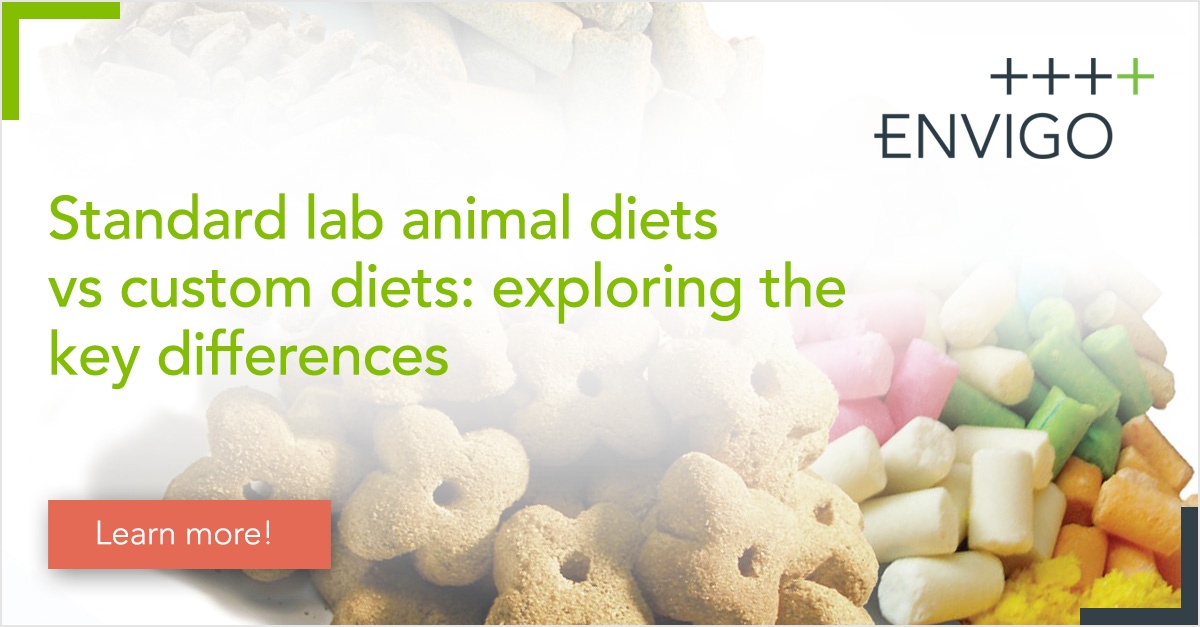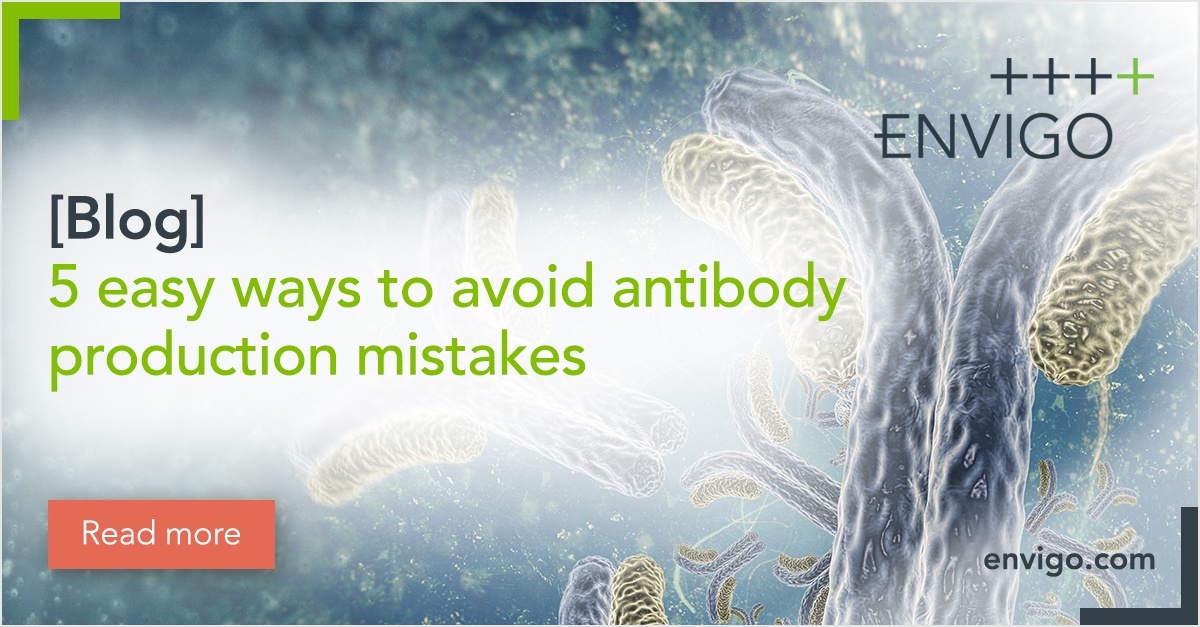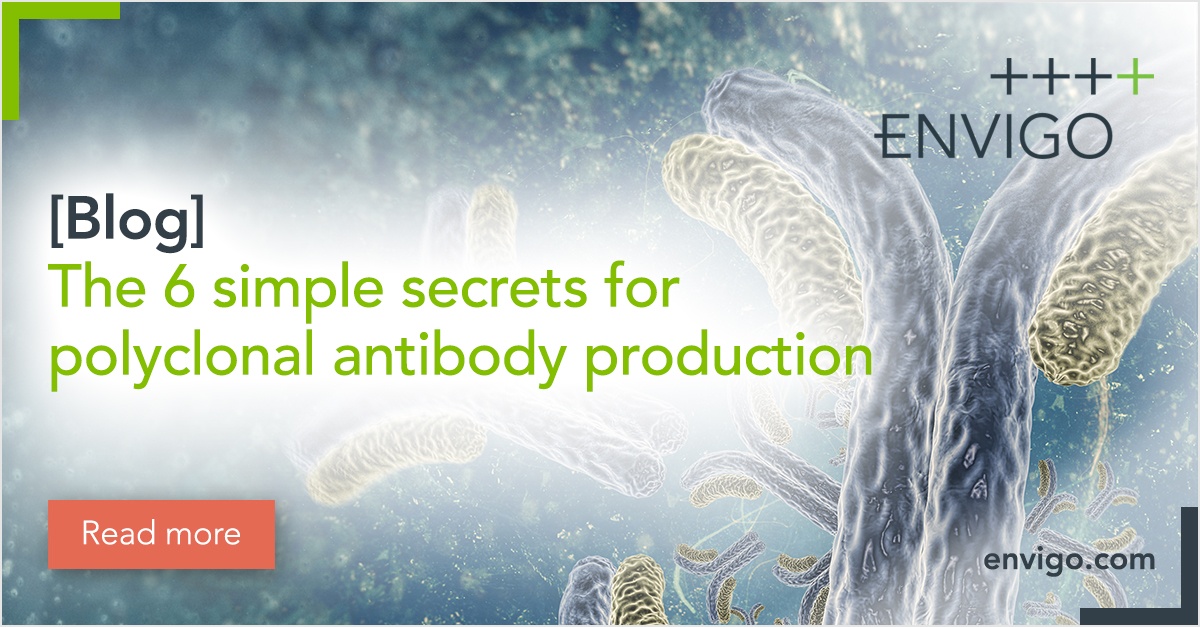

Standard lab animal diets vs. custom diets: exploring the key differences
Researchers today have a plethora of options to choose from when it comes to feeding laboratory animals. Let’s explore the differences between standard diets and custom laboratory animal diets.

5 easy ways to avoid antibody production mistakes
Creating highly productive cell lines requires a great level of care that starts with cell line development. Inotiv’s Rook Khajenouri and Richard Drucker understand the challenges customers face...

The good, the bad and the ugly effects, of dietary phytoestrogen in laboratory animal diets
Soybean meal, a common ingredient in laboratory animal diets, contains variable levels of phytoestrogens. These plant-derived compounds mimic the structure and function of estrogens in mammals and...

Understanding NASH: the 'silent' liver disease
The so-called “silent” liver disease of NASH ranks third for the leading causes of liver transplants and our global obesity epidemic has only increased the prevalence of NASH. Without an approved...
5 Tips to successful monoclonal antibody production
Monoclonal antibodies play a critical role in research, diagnostics and product development and provide numerous benefits to patients in diverse therapeutic areas. mAbs are capable of recognizing...

6 simple secrets for polyclonal antibody production
Careful planning and preparation is essential to produce exceptional polyclonal antibodies (pABs). Polyclonal antibodies are produced from a mixture of B lymphocytes with different epitope affinities...

Understanding the effect of high-fat rodent diets on obesity phenotypes
Studying obesity, diabetes, insulin resistance, or other metabolic syndromes requires feeding rodents purified, high-fat diets, but at what age should a high-fat diet be introduced to a model? Which...

